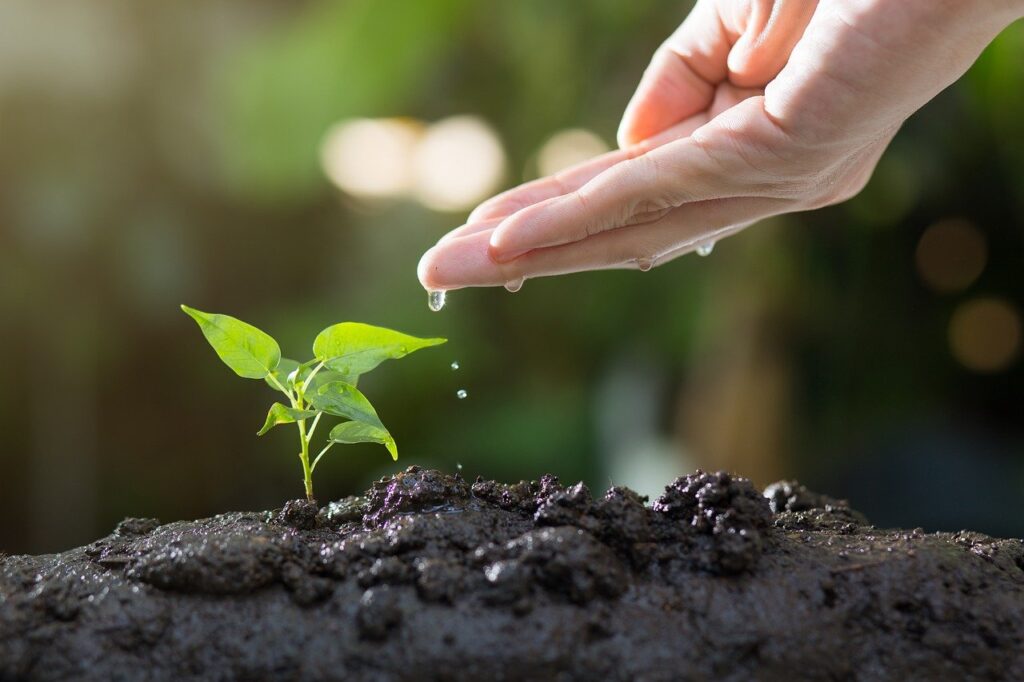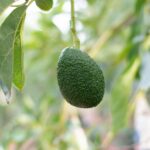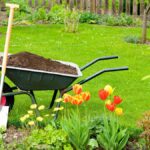Soil pH is a crucial factor in gardening, determining the health and growth of plants. Acidic planting soil, with a pH level below 7.0, is essential for certain plants to thrive. Understanding the properties, benefits, and management of acidic soil can significantly enhance a gardener’s success.
Understanding Soil pH
Soil pH is a measure of its acidity or alkalinity, ranging from 0 to 14. A pH of 7 is neutral, below 7 is acidic, and above 7 is alkaline. The pH level affects nutrient availability, microbial activity, and overall plant health. Acidic soils are typically found in regions with high rainfall, where leaching removes basic nutrients like calcium and magnesium.
Benefits of Acidic Soil
Certain plants, particularly those native to forested and mountainous regions, prefer acidic soil. These include azaleas, rhododendrons, blueberries, camellias, and conifers. Acidic soil promotes the availability of essential nutrients like iron, manganese, and phosphorus, which these plants require in higher quantities.
Testing Soil pH
Before planting, it’s crucial to test your soil’s pH. Home testing kits and professional lab services can provide accurate readings. Understanding your soil’s current pH helps in making informed decisions about amendments and plant selection.
Adjusting Soil Acidity
If your soil isn’t naturally acidic, you can adjust its pH through various methods:
Organic Matter: Adding compost, pine needles, or leaf mold can gradually increase soil acidity.
Sulfur: Elemental sulfur is a common amendment for lowering soil pH. Microorganisms convert sulfur to sulfuric acid, acidifying the soil over time.
Acidic Mulches: Mulching with pine bark, pine needles, or oak leaves can help maintain acidic conditions.
Managing Acidic Soil
Maintaining acidic soil requires regular monitoring and adjustments. Over time, soil can revert to its natural pH due to factors like irrigation water and decomposing organic matter. Here are some tips for managing acidic soil:
Regular Testing: Periodically test your soil to monitor pH levels and make necessary adjustments.
Appropriate Fertilizers: Use fertilizers formulated for acid-loving plants. These often contain ammonium sulfate or sulfur-coated urea.
Watering Practices: Use rainwater or acidified water for irrigation, as tap water can increase soil alkalinity.
Plant Selection
Choosing plants that thrive in acidic soil is key to a successful garden. Here are some popular acid-loving plants:
Azaleas and Rhododendrons: These shrubs produce stunning flowers and prefer soil with a pH of 4.5 to 6.0.
Blueberries: High in antioxidants, blueberries require a pH of 4.5 to 5.5.
Camellias: Known for their beautiful blooms, camellias thrive in soil with a pH of 5.0 to 6.5.
Conifers: Many conifers, like pine and spruce, prefer acidic conditions.
Common Challenges
Gardeners may face several challenges when dealing with acidic soil:
Nutrient Imbalances: High acidity can lead to nutrient deficiencies or toxicities. Regular soil testing helps identify and correct these issues.
Soil Structure: Acidic soils can be prone to compaction. Incorporating organic matter improves soil structure and drainage.
Weed Control: Some weeds thrive in acidic soil. Mulching and proper plant spacing can help manage weed growth.
Acidic planting soil is essential for the growth of many beloved garden plants. By understanding and managing soil pH, gardeners can create optimal growing conditions, resulting in healthy, vibrant plants. Regular testing, appropriate amendments, and careful plant selection are key to thriving in an acidic soil garden.
Organic Approaches to Acidify Soil
For gardeners interested in organic methods, there are several options to naturally lower soil pH:
Coffee Grounds: Used coffee grounds can be a great addition to compost or directly to soil. They are slightly acidic and can help in gradually lowering the soil pH.
Peat Moss: Incorporating peat moss into your soil mix can significantly lower pH. It’s highly acidic and helps improve soil structure and water retention.
Vinegar: While not a long-term solution, a diluted vinegar solution can temporarily acidify soil, useful for potted plants or small garden areas.
Long-Term Soil Health
Maintaining long-term soil health is crucial for sustainable gardening. Here are some practices to ensure your acidic soil remains healthy:
Cover Crops: Planting cover crops like clover or vetch can improve soil structure, increase organic matter, and help maintain pH levels.
Crop Rotation: Rotating different types of plants can prevent nutrient depletion and maintain soil health.
Composting: Regularly adding compost to your garden enhances soil fertility and structure, promoting a balanced pH over time.
Dealing with Excess Acidity
Sometimes, soil can become too acidic, leading to poor plant health and nutrient imbalances. To address this:
Lime Application: Agricultural lime (calcium carbonate) or dolomitic lime (calcium magnesium carbonate) can neutralize excess acidity. Apply based on soil test recommendations.
Balanced Fertilization: Avoid overuse of ammonium-based fertilizers, as they can further acidify soil. Opt for balanced, slow-release fertilizers.
Innovative Techniques
Modern gardening practices offer innovative techniques to manage soil pH:
Biochar: Adding biochar to soil can help maintain pH levels, improve water retention, and increase microbial activity.
Soil Microbes: Utilizing beneficial soil microbes can enhance nutrient availability and help maintain an optimal pH balance.
Community and Expert Resources
For gardeners seeking additional support, community resources and expert consultations can be invaluable:
Local Extension Services: Many regions have agricultural extension services that offer soil testing and expert advice on managing soil pH.
Gardening Clubs and Forums: Joining gardening clubs or online forums can provide practical advice and shared experiences from fellow gardeners.
Workshops and Classes: Attending workshops or classes on soil health and gardening techniques can enhance your knowledge and skills.
Successfully managing acidic planting soil is a blend of science and art. By understanding the properties of your soil, making informed adjustments, and selecting appropriate plants, you can create a thriving garden that benefits from the unique advantages of acidic conditions. Regular monitoring, organic amendments, and innovative practices ensure that your soil remains fertile and productive for years to come.
Whether you’re cultivating a lush azalea border or a bountiful blueberry patch, the key to success lies in nurturing your soil. Embrace the journey of soil management, and you’ll be rewarded with a vibrant and healthy garden that showcases the beauty of acid-loving plants.






